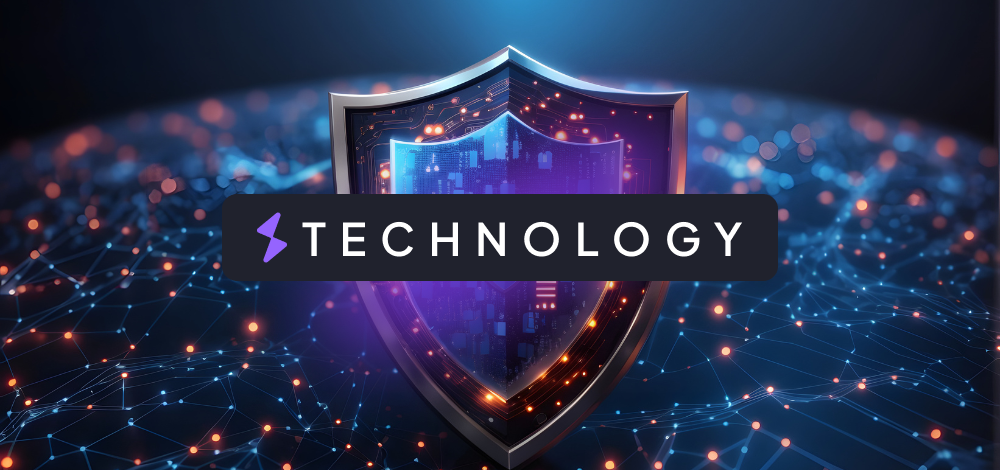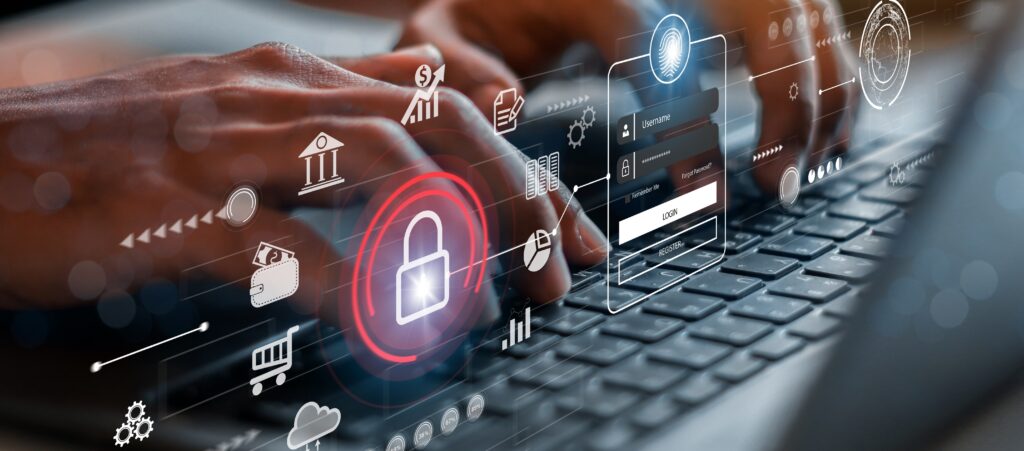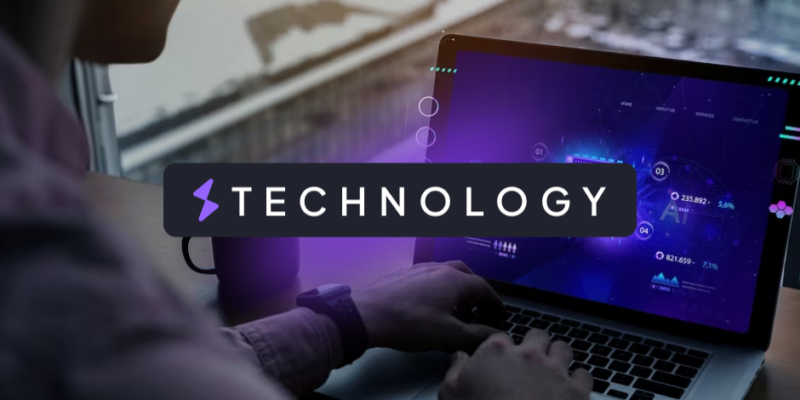
In a digital world filled with threats lurking around every corner, how can you ensure your data remains secure? What about your organization’s most valuable assets? Cybersecurity, the shield against digital predators, is a field that demands our attention. Let’s dive into the fundamentals of cybersecurity to unveil the mysteries of online identity, data protection, and the battle against malicious attacks.
Most frequently asked questions about cybersecurity and their answer
As we dive deeper into the realm of cybersecurity, questions inevitably arise. What are the most common threats we face? How can we safeguard our personal information? In this section, we tackle these questions head-on, providing you with the answers you need to navigate the complex world of cybersecurity with confidence.
What is cybersecurity?
Cybersecurity is an IT field and practice that aims to protect individuals, companies, and organizations from hacker attacks. These attacks include virtual and physical attacks, for example, unauthorized access to a physical server, computers, ransomware attacks, and more.
What data must be protected?

Personal data
We can divide our data into two categories: Offline Identity and Online Identity.
Offline Identity is everything we do out of the internet, our real life, what we do daily, what places we usually go, and so on.
Online Identity is everything we do over the internet, which can include social media accounts, web browsing, everything. Many people think if they don’t have a social media account, they don’t have an online identity, but actually, that’s not quite right. If you just use the internet, you already have an online identity.
Each individual has three types of personal data, which are medical, education or employment, and financial records. Every time we go to a doctor, we get an educational or professional milestone, this data is probably stored online, which means that this and any other information related to your income and expenditure are susceptible to being attacked.
Organizational data
When it comes to organizations, the situation is not quite different. Here we have the following types of data:
- Transactional data: Any information related to basic organizational operations like buying and selling, employment decisions…
- Intellectual property: This is secret information of each company and can include trademarks, new product plans…
- Financial data: Income statements, balance sheets, and any other financial information.
How could we get a security breach?
Every employee has a responsibility when we talk about cybersecurity measures, but even with all the efforts, sometimes a breach happens and some data can be exposed. In this situation, it’s important to know the impacts and minimize the losses, as we have several consequences which include reputational damage, vandalism, data theft, loss of revenue, and so on.
Some companies are investing in specialized cybersecurity professionals and the responsibility of these professionals is to prevent and minimize the damage as much as possible. Let’s see what tactics are used against organizations that cause security breaches.
Malware
Cybercriminals can use several different malware to carry out their attacks, which can be used to get unauthorized access to systems and devices. The most common attacks are spyware, backdoor, ransomware, rootkit, virus, and more.
When we get malware in our system, we will probably have some symptoms like high CPU usage, freezing and crashing, slow browsing speed, and changes in the system. In this case, contact the administrator of your network or the cybersecurity professional as soon as possible to investigate and figure out what to do.
Common attacks
We have some very known methods of infiltration that are used to carry out these attacks, which are:
- Social Engineering: This is when someone tries to persuade you to get an advantage on something like get unauthorized access to a system, or even to a physical location.
- DoS and DDoS: This is one of the most common attacks and can be carried out by an individual unskilled attacker, or even by an organized network of infected machines. The goal of this attack is to interrupt the network service to users, devices, or applications by overwhelming the server with several continuous requests.
- Man-in-the-middle attack: This is a type of attack when the individual intercepts the communication between the user and the server, taking control of the device or reading all the information passed if it’s not encrypted accordingly, which can include passwords and banking information.
- Password attacks: This is also very common and has several ways to be carried out, the most known is the brute force attack, which consists of running software that tries password combinations continuously until some of the combinations match with the password. These attacks normally take a lot of time, so it’s important to adopt strong password practices.
How can I protect my computer?
It’s our responsibility to protect ourselves and the company data, so it’s important to adopt some good practices when using a computer. The practices include always keeping the firewall on, using a trustful antivirus and antispyware software, and always setting up password protection for all your devices.
Be aware when using public Wi-Fi
Public Wi-Fi spots are common places to be attacked. If you are connecting to a public coffee shop, airport, or any other kind of Wi-Fi network, you are susceptible to having the connection intercepted by an attacker monitoring this insecure network. It’s a good practice to avoid sending personal information using public Wi-Fi, but if you need to do so, make sure your device doesn’t have media sharing and uses proper authentication. Also, it’s recommended to use a VPN service to protect your information from being stolen.
Password best practices and 2FA
It’s crucial to adopt password best practices when using any type of account. Make sure to always use a strong and long password. Another practice is to never use the same password in different accounts. You can use a trustful password manager like 1Password, Bitwarden, or any other to generate strong passwords and manage them in a secure and encrypted place.
Also, it’s good to make sure you are using two-factor authentication in your accounts, that way it’s harder for the attacker to get access to your data even if they break your primary password.
What are some company-level security best practices?
It’s essential to adopt structured security patterns to keep an organization safe. These practices may include performing risk assessment, applying security policies, limiting physical access to places like physical servers or any other place that requires more security, HR security measures, and so on.
Also, more important than any of these measures, is to educate the users and employees to be aware and to know how to help protect the company in case of an attack, always having in mind that we are not a hundred percent safe from cybercrime, but we can play a significant role on preventing and minimizing the damages.
Final words
Cybersecurity, the practice of defending against cyber threats, encompasses a broad range of protective measures aimed at preventing hacker attacks, be they virtual or physical. Education and awareness among employees play a significant role in preventing and minimizing cyber threats, as cybersecurity is a shared responsibility. Implementing the best practices from individual computers to the organizational system can make a great difference in preventing breaches in the future.
Explore our
5 AI Recruitment Tools to Know for Efficient Tech Hiring
As the world continues to embrace digital transformation, recruiters are increasingly adopting AI-powered tools to hire more accurately, efficiently, and fairly. By automating repetitive tasks, these tools help to save valuable time every day. This is especially important in the highly competitive IT recruiting market, with a constant struggle to find and engage experienced candidates.…
Is This the End of Layoffs in the Tech Industry?
The significant job cuts in technology last year and in early 2023 raised serious concerns within the industry. And it’s easy to understand why. In 2023 alone, more than 170,967 workers in US-based tech companies were laid off. With tech giants like Amazon, Meta, and Google massively downsizing their workforce, it seemed that the situation…
Why Agile Should be a Vital Part of Your Nearshore Development Team
In today’s interconnected world, organizations are increasingly turning to nearshore development as a strategic choice for their software projects. The proximity, experienced talent pool, and cost-effectiveness offered by nearshore development teams make them an attractive option for organizations seeking to scale their tech teams. Nevertheless, successful nearshore development is not just about choosing the right…






